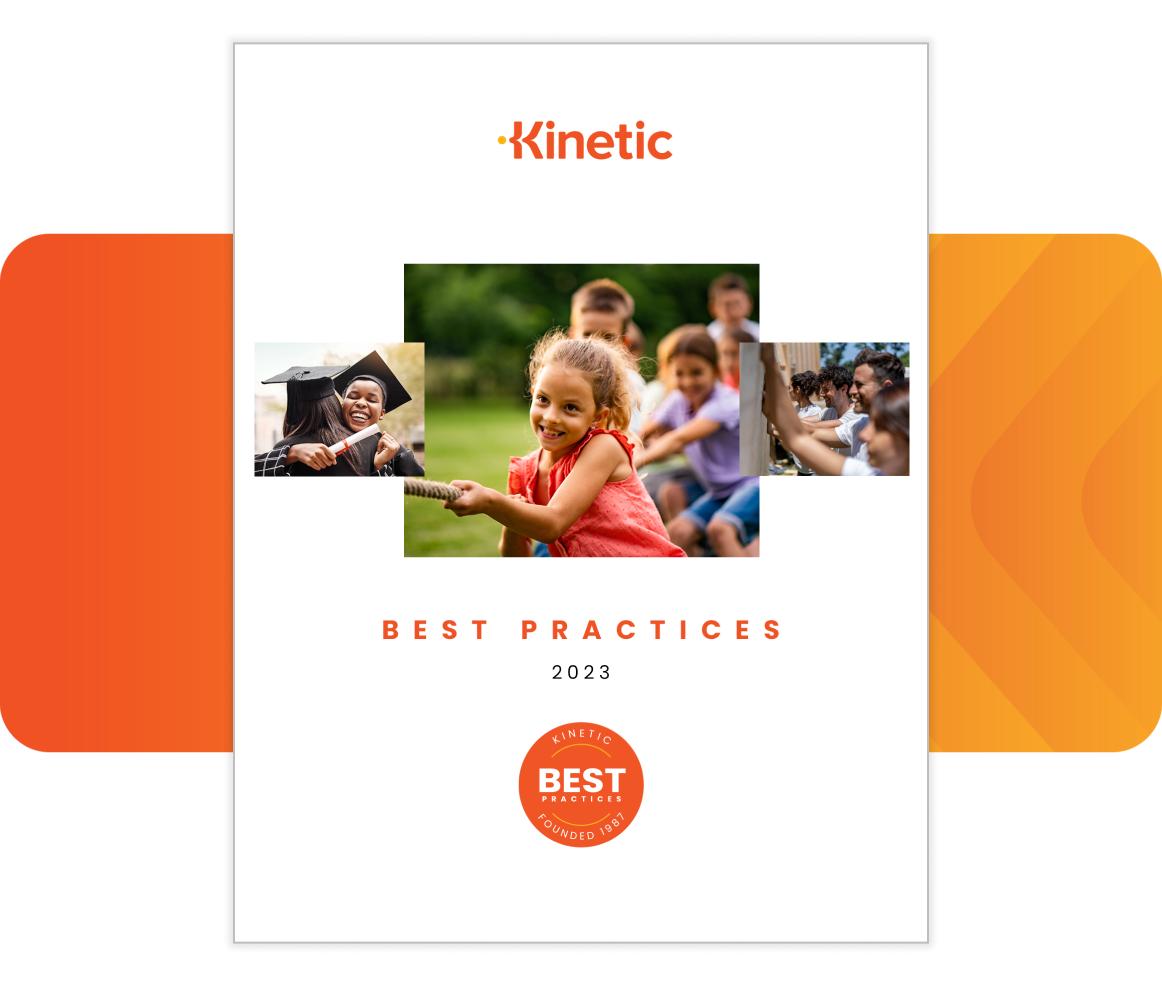Strategies for Success
Speak to Be Understood
May 6, 2024

As the classic Stephen Covey quote goes: “Most people do not listen with the intent to understand; they listen with the intent to reply.” An equally important corollary is to speak to be understood by your intended audience.
In fundraising—as with any professional sector or segment of life—it’s easy to default to shorthand language. We have our own terms to quickly convey concepts: gift agreements, estate planning, unitrusts and so on. After years of exchanging these words with one another, we know what we mean.
Yet, understanding the purpose of our communication, its intended audience and the medium we’re using are critical considerations. Here are tips to ensure we’re speaking to be understood:
Choose our words wisely.
It may feel faster or simply more natural to use insider words, but it could cost time and money. Imagine leaving a meeting, assuming you’ve been understood, only to find out later there wasn’t consensus of thought, you may have to start again—which can add awkwardness to donor relationship building.
Watch for clues.
Your goal may be precision, but if the message isn’t hitting the mark, the listener will send you non-verbal nudges. Ideally, there would be an opportunity and natural invitation for people to pause the conservation and ask questions: “Could you explain more about estate planning?” “What are our options, and how does that work?” In reality, some people may nod in apparent agreement, but furrowed brows, pursed lips or darting glances will signal uncertainty. Watch for the clues. Then, pause when appropriate: “Any questions? I’d be happy to explain more.”
Explain more, anyway.
Even if you’re encouraged to continue, if the clues remain by the end of the meeting, close with a brief overview of the main points. Follow up with an email of thanks for the meeting and share a bullet list of any decisions or agreements you feel were made.
When the goal is to communicate persuasively with prospects and donors, using unfamiliar terms can pose a challenge and, in some cases, be detrimental to our fundraising goals. Better to do both: Listen to understand; and, also, speak to be understood.
Share This Story




